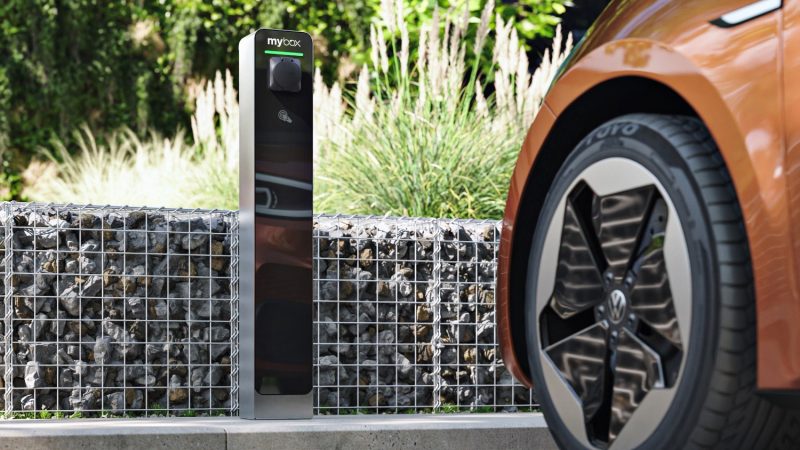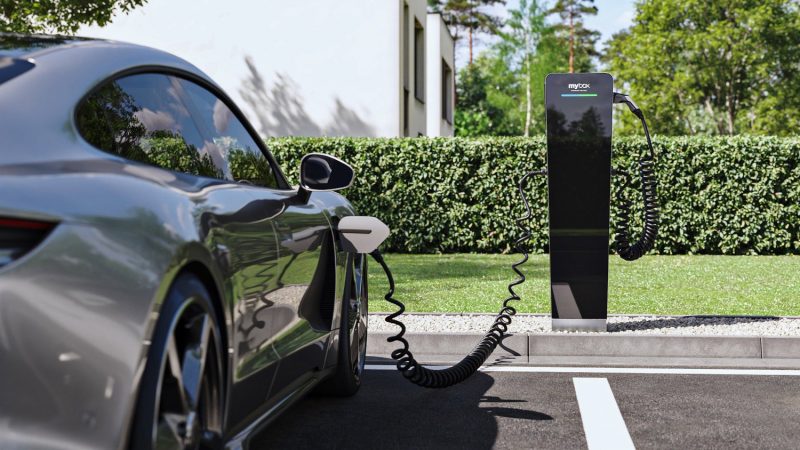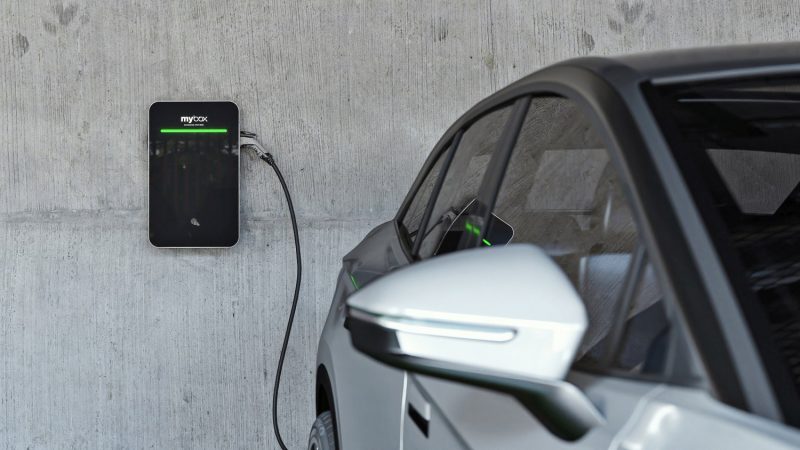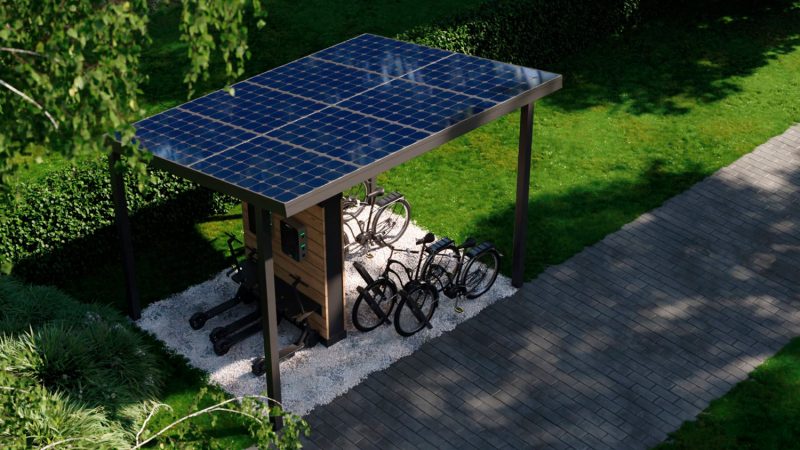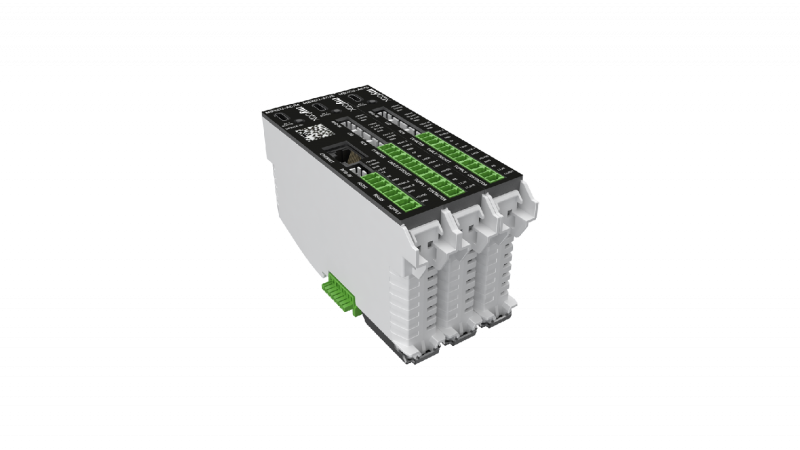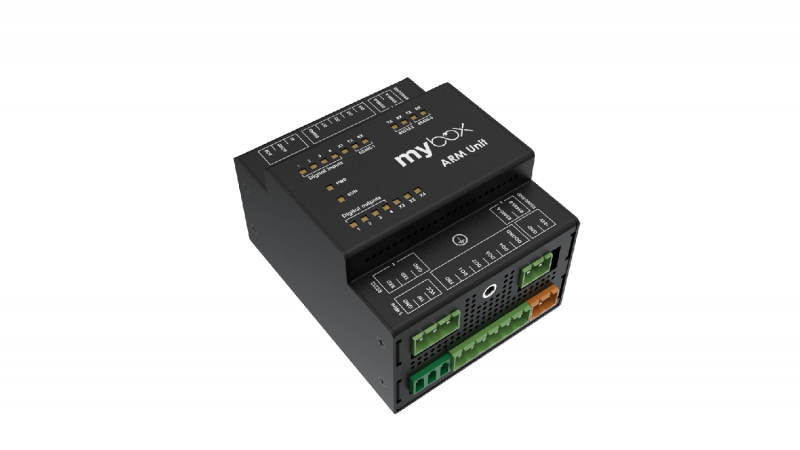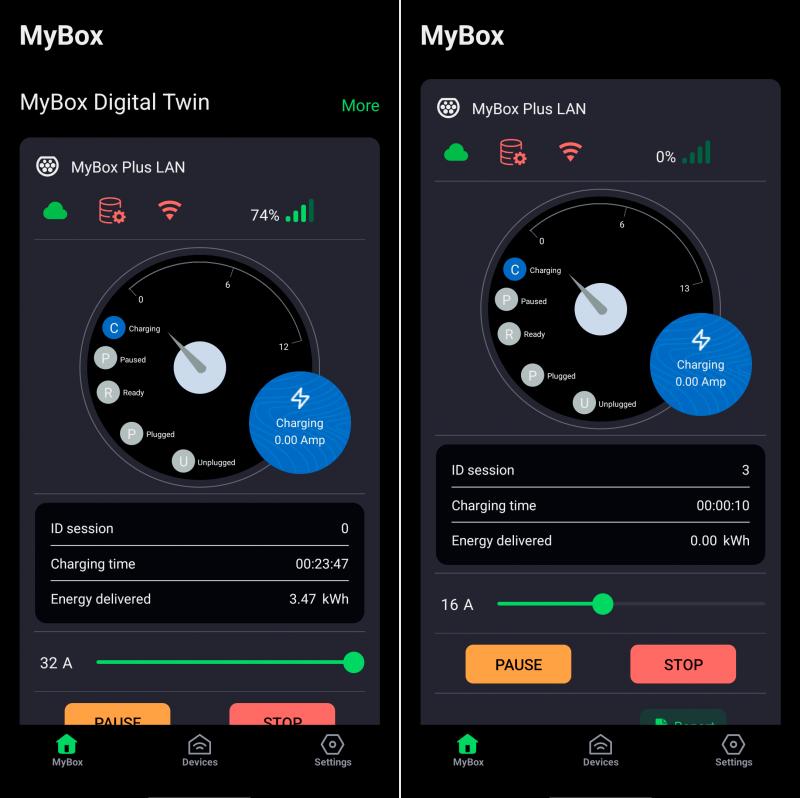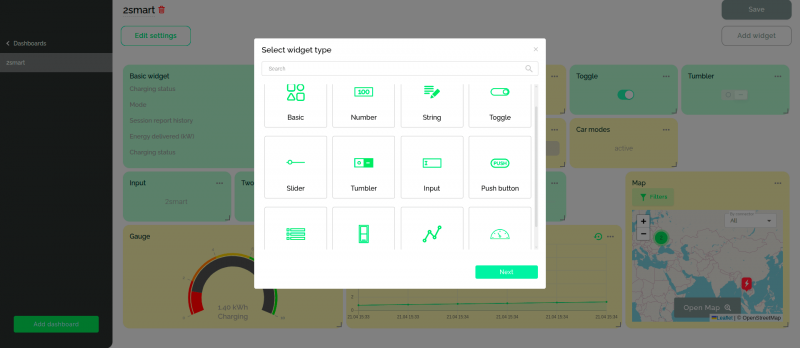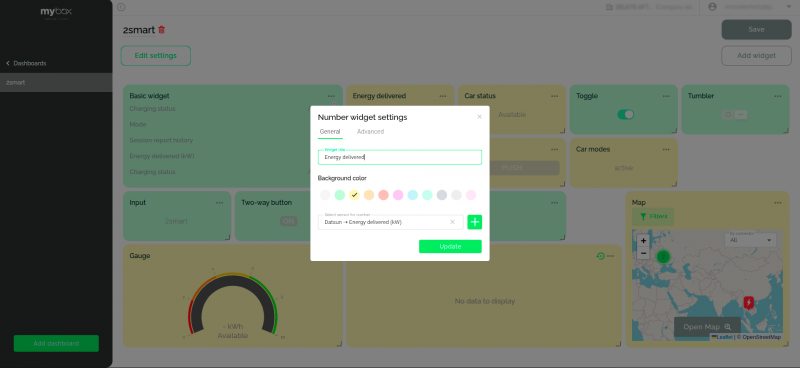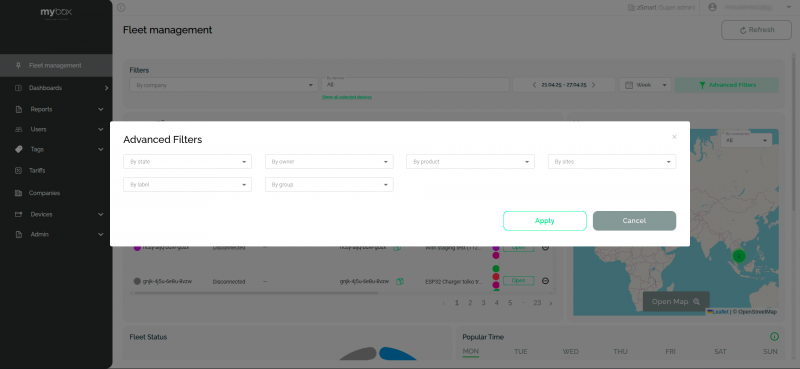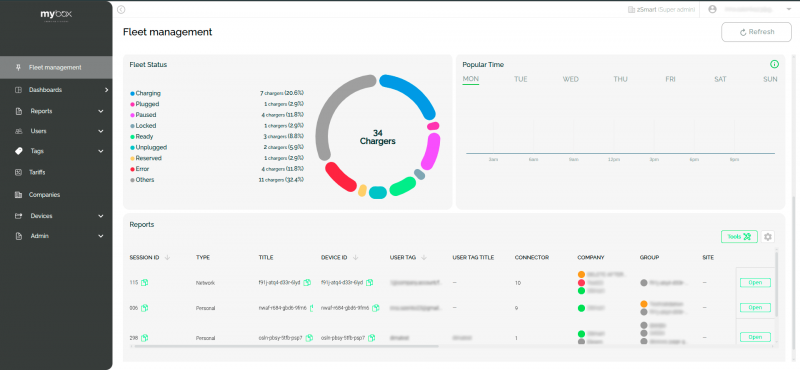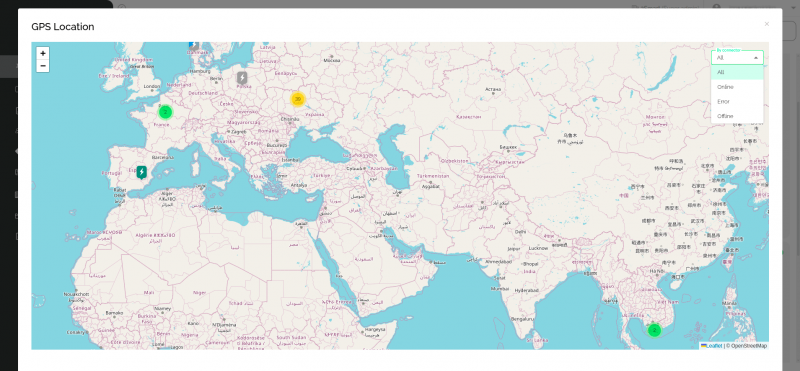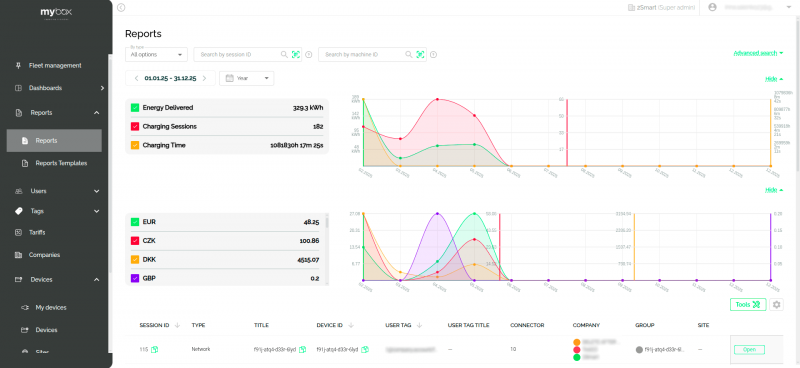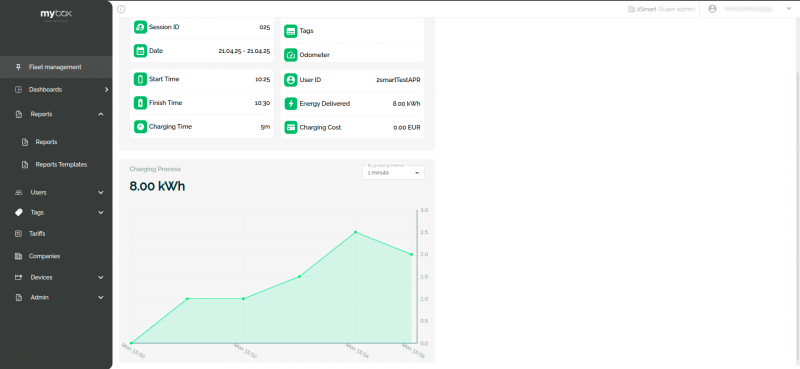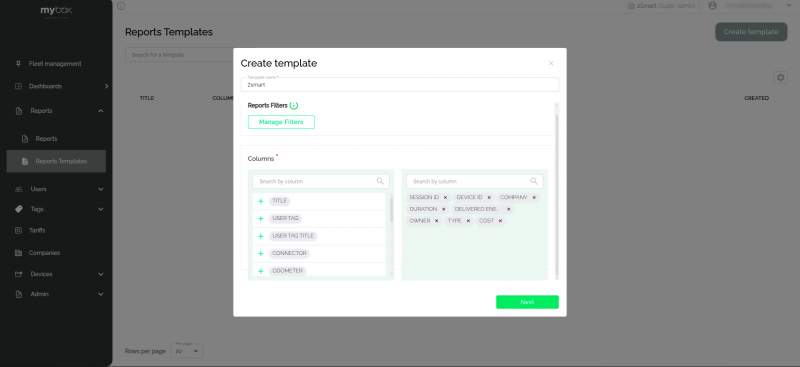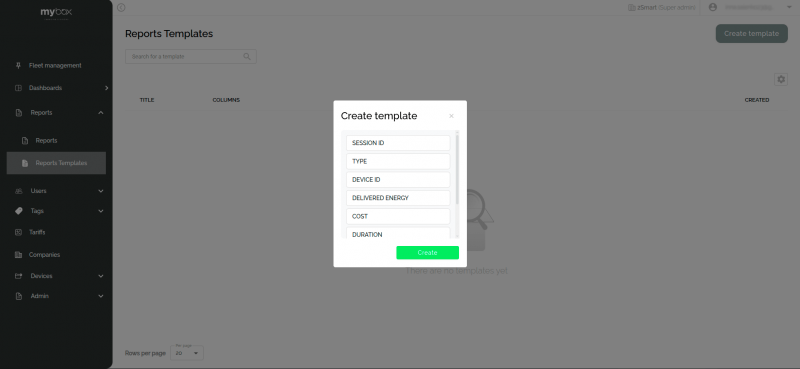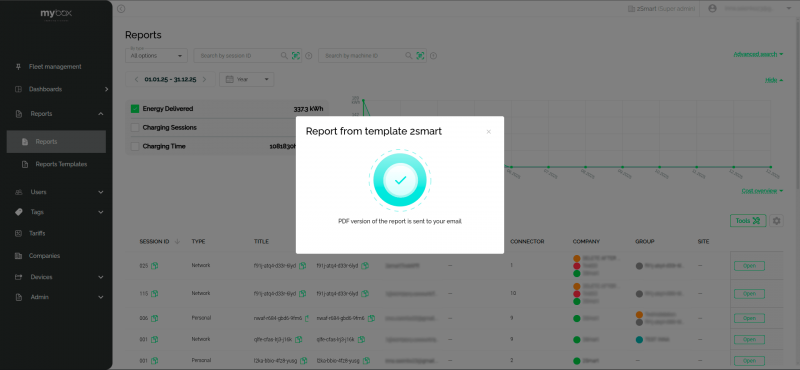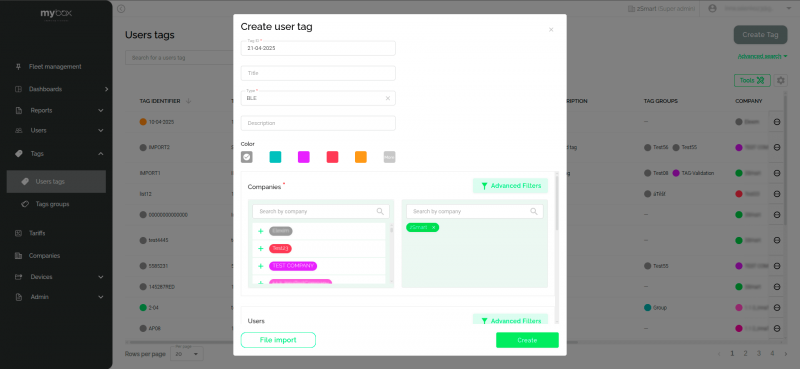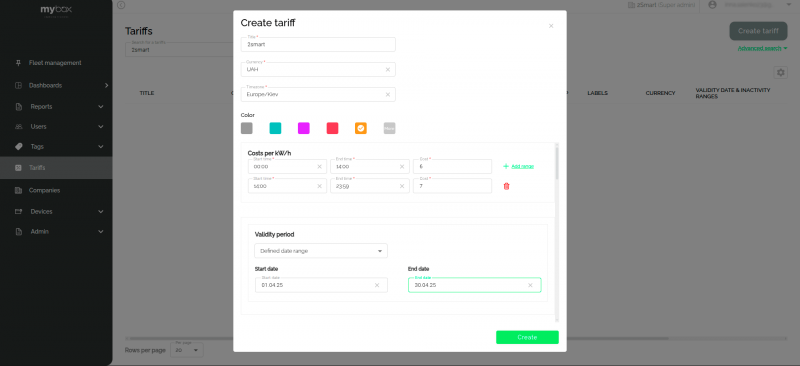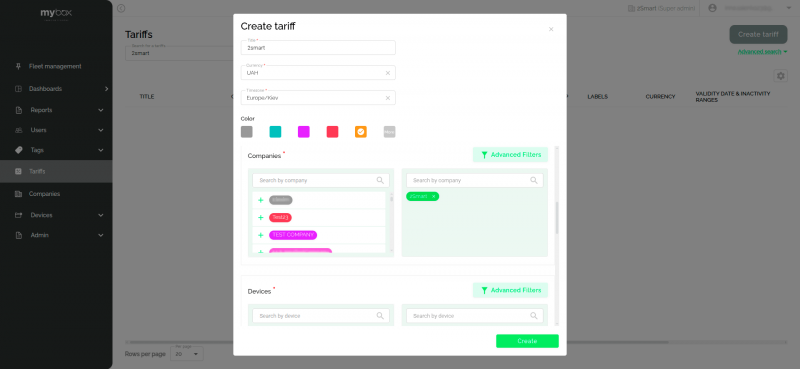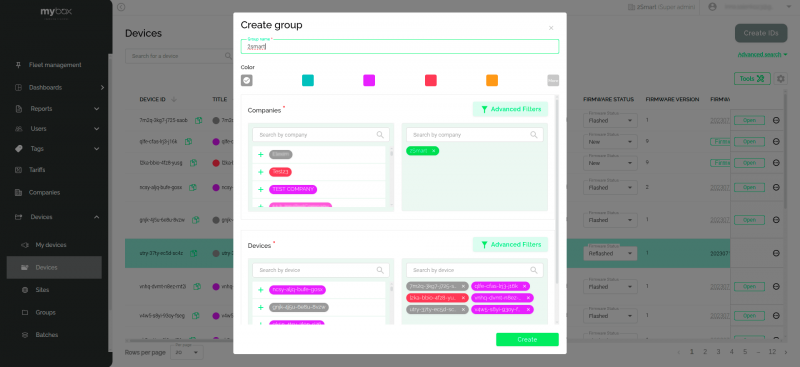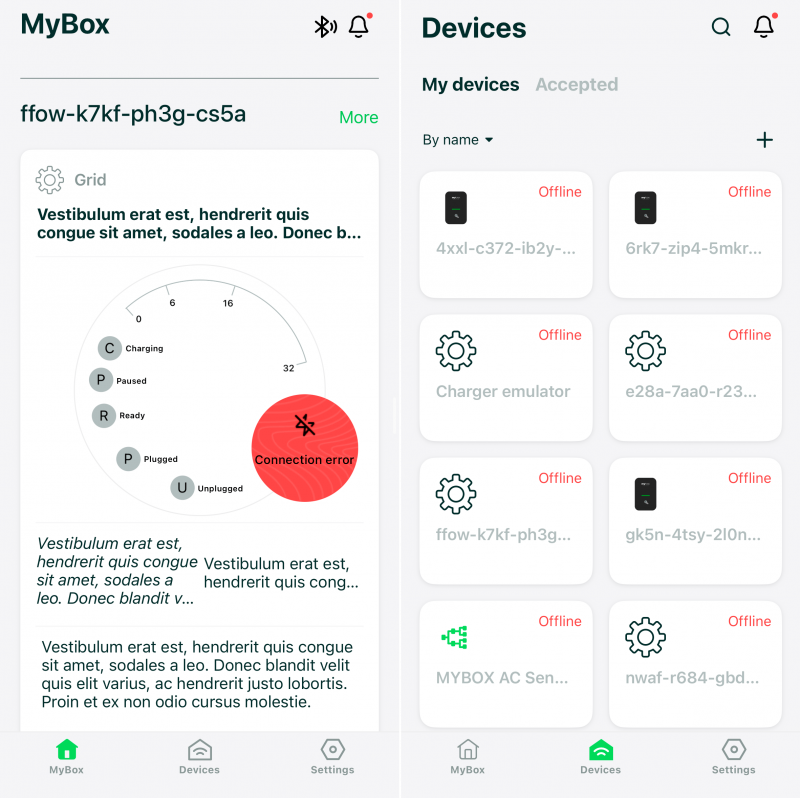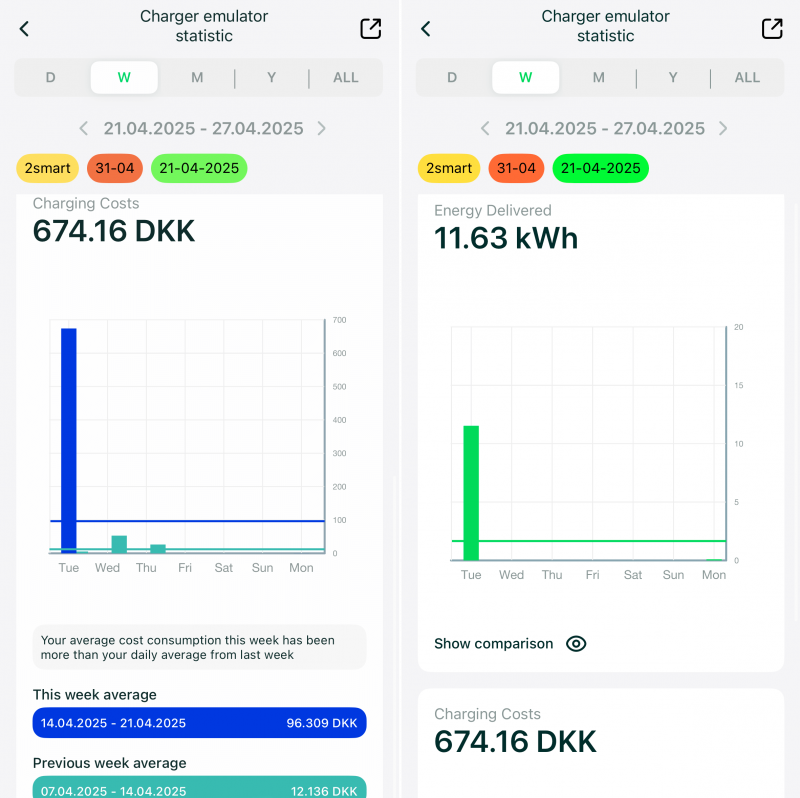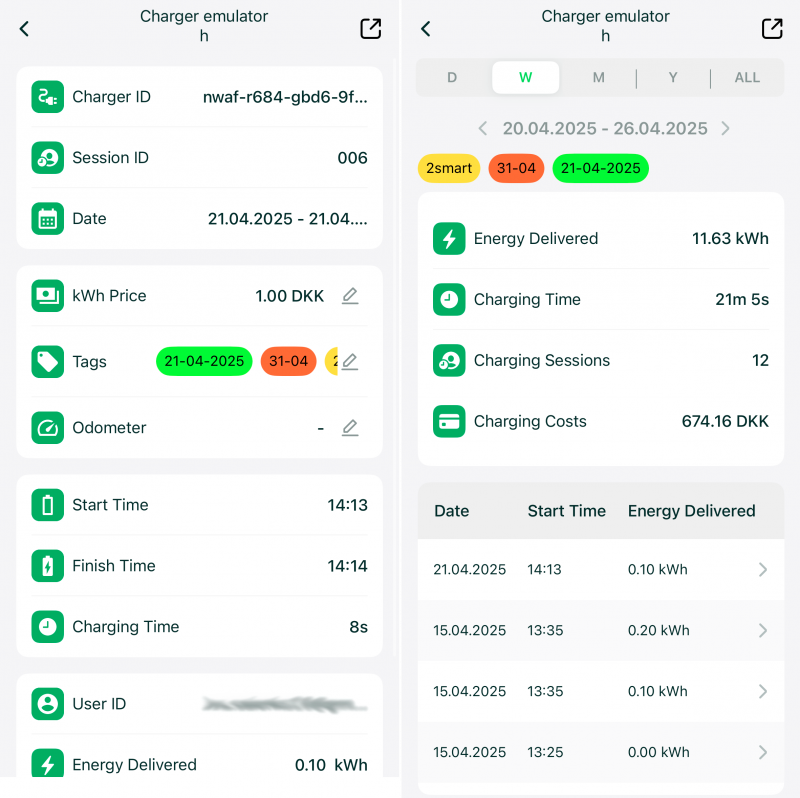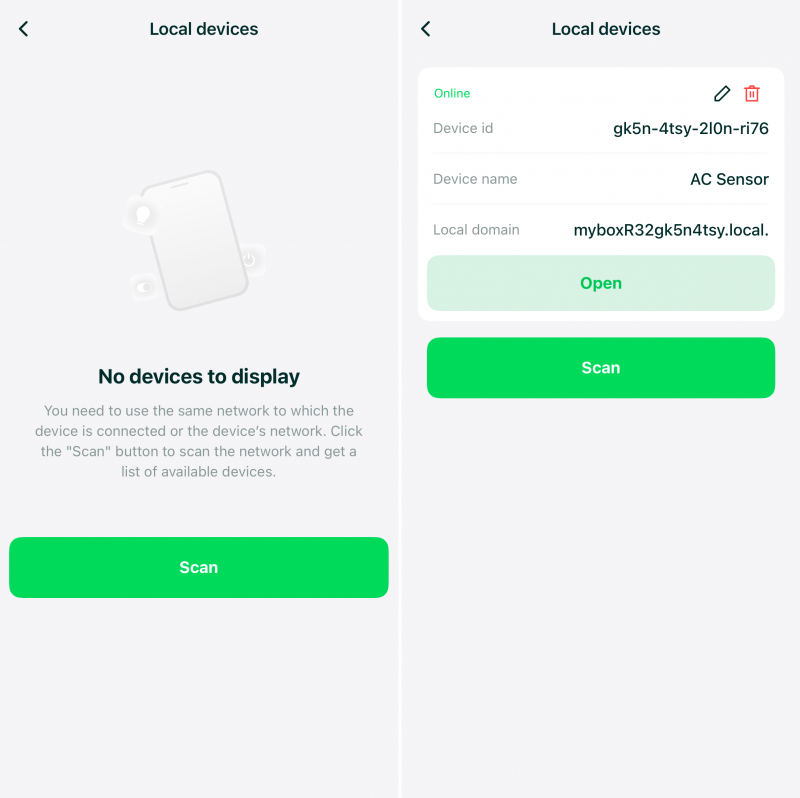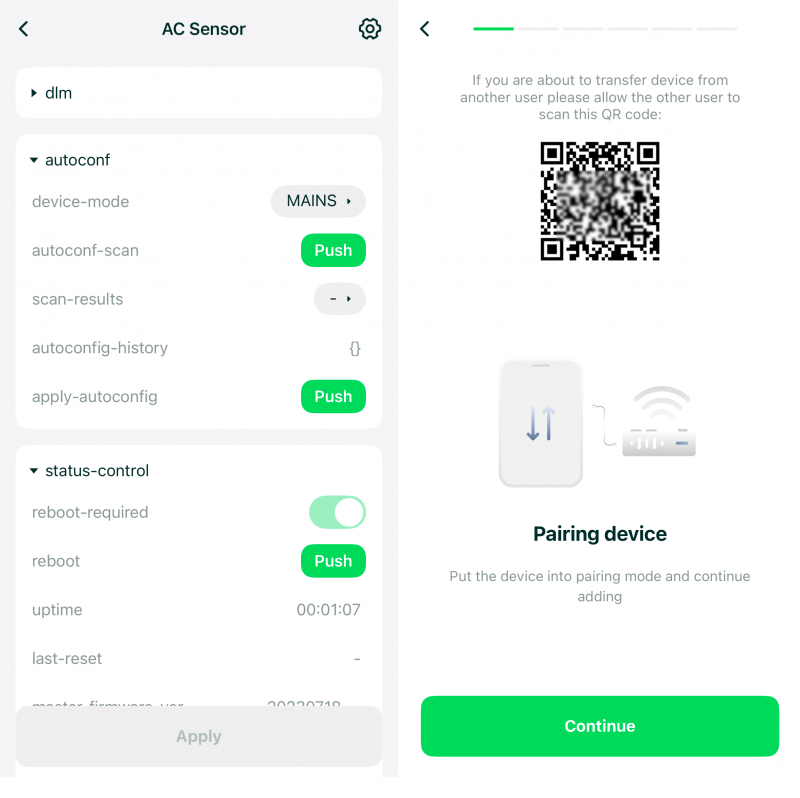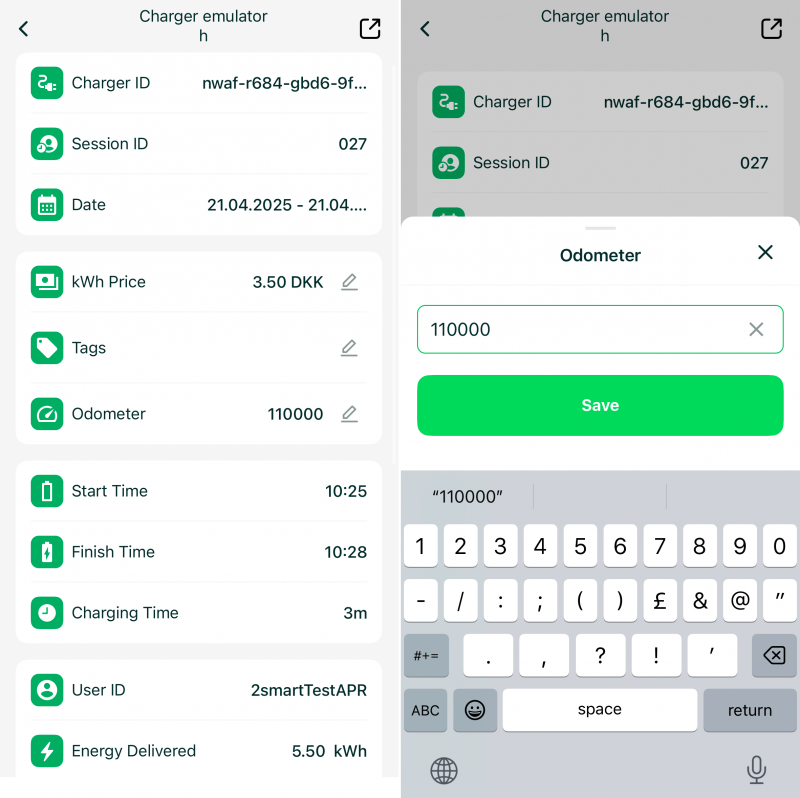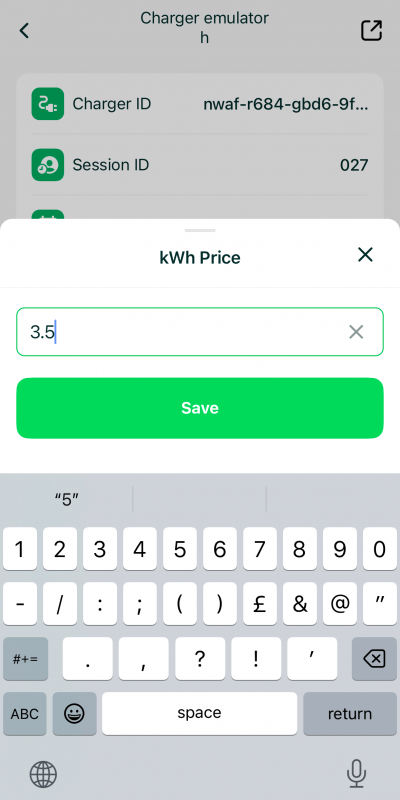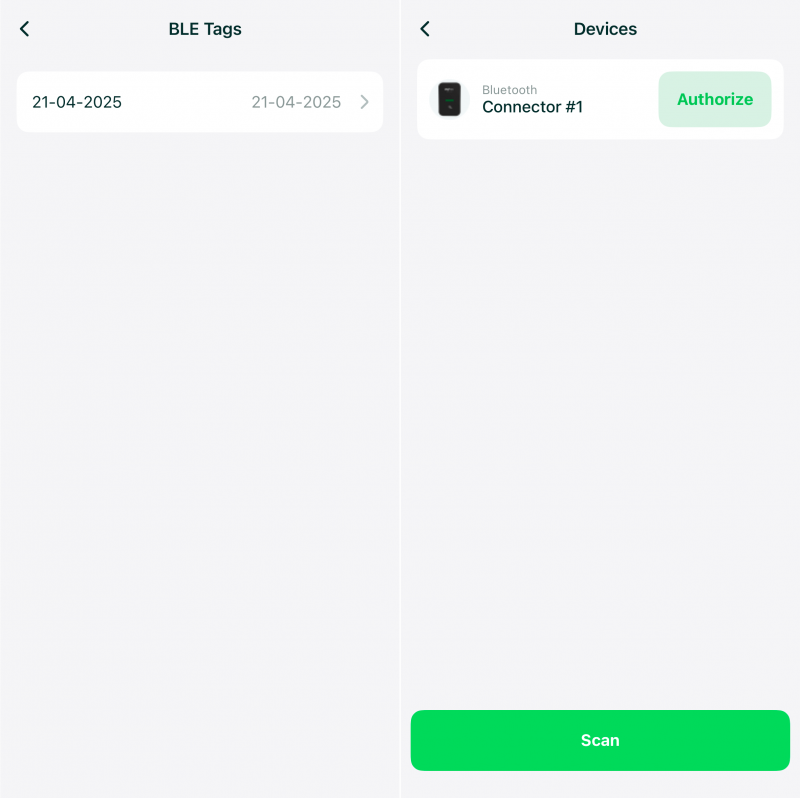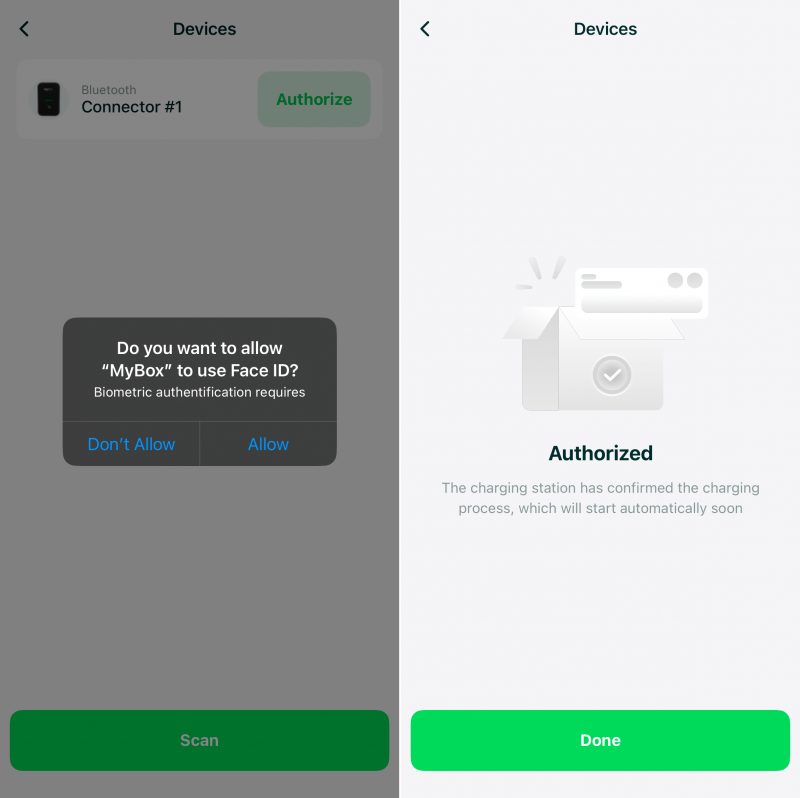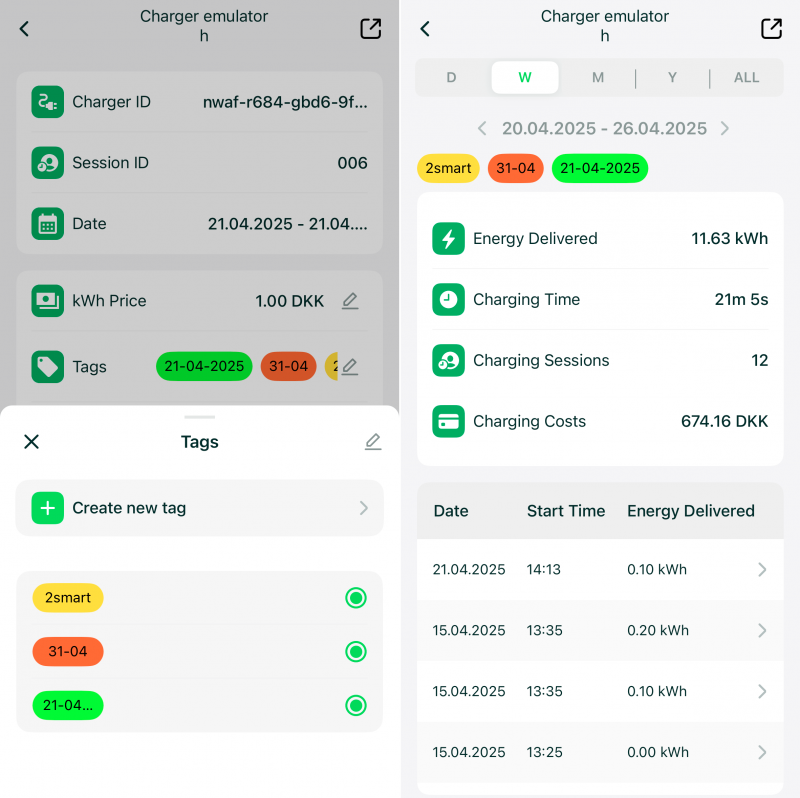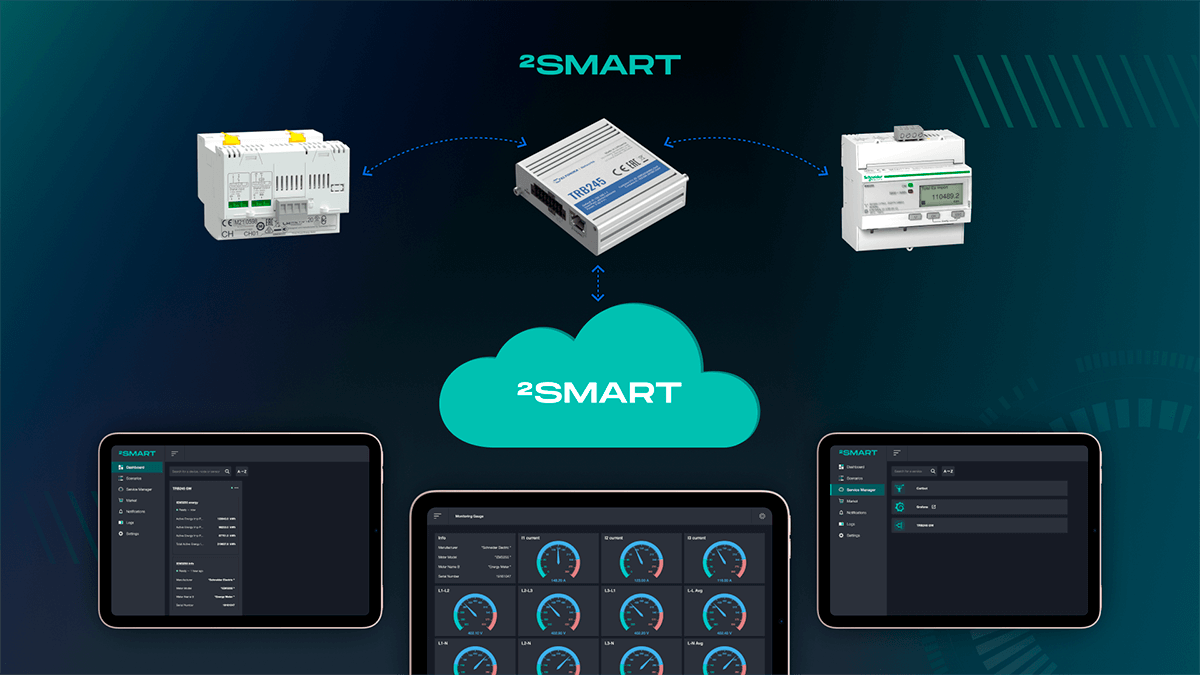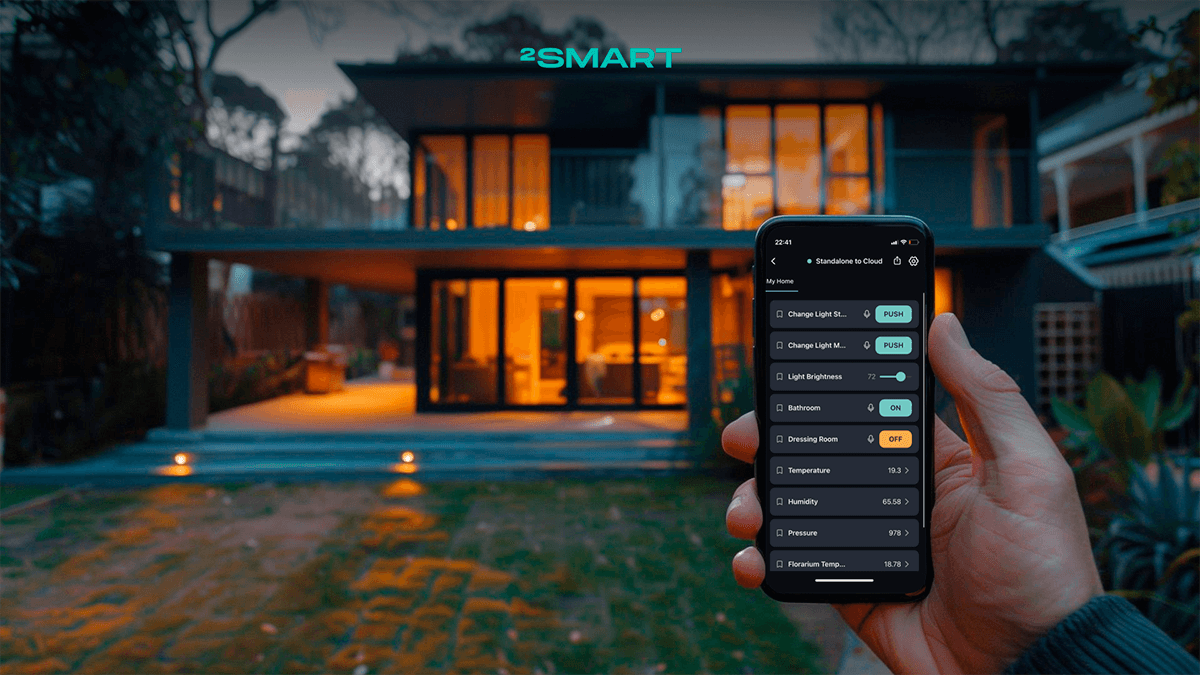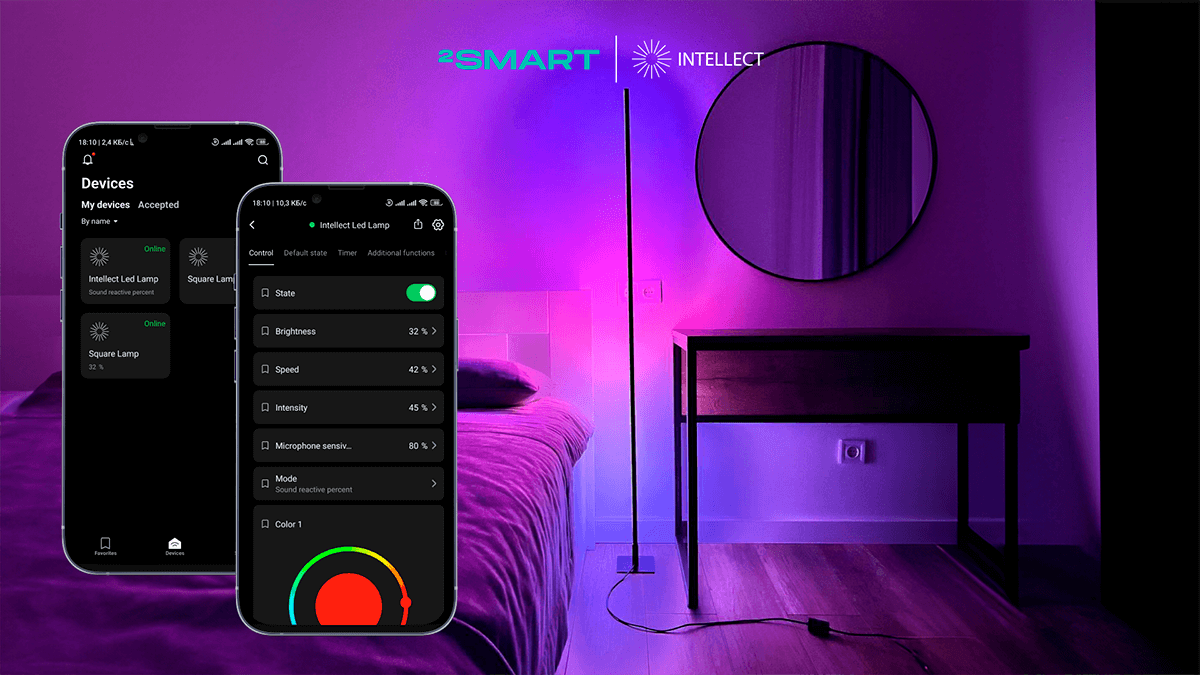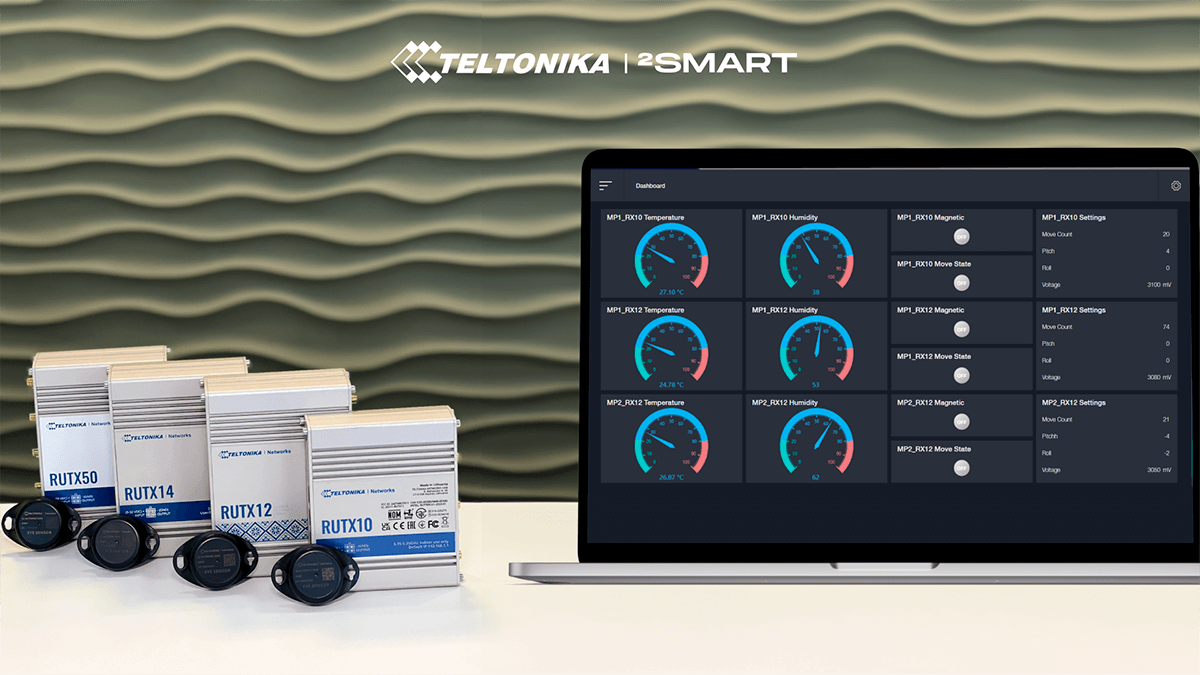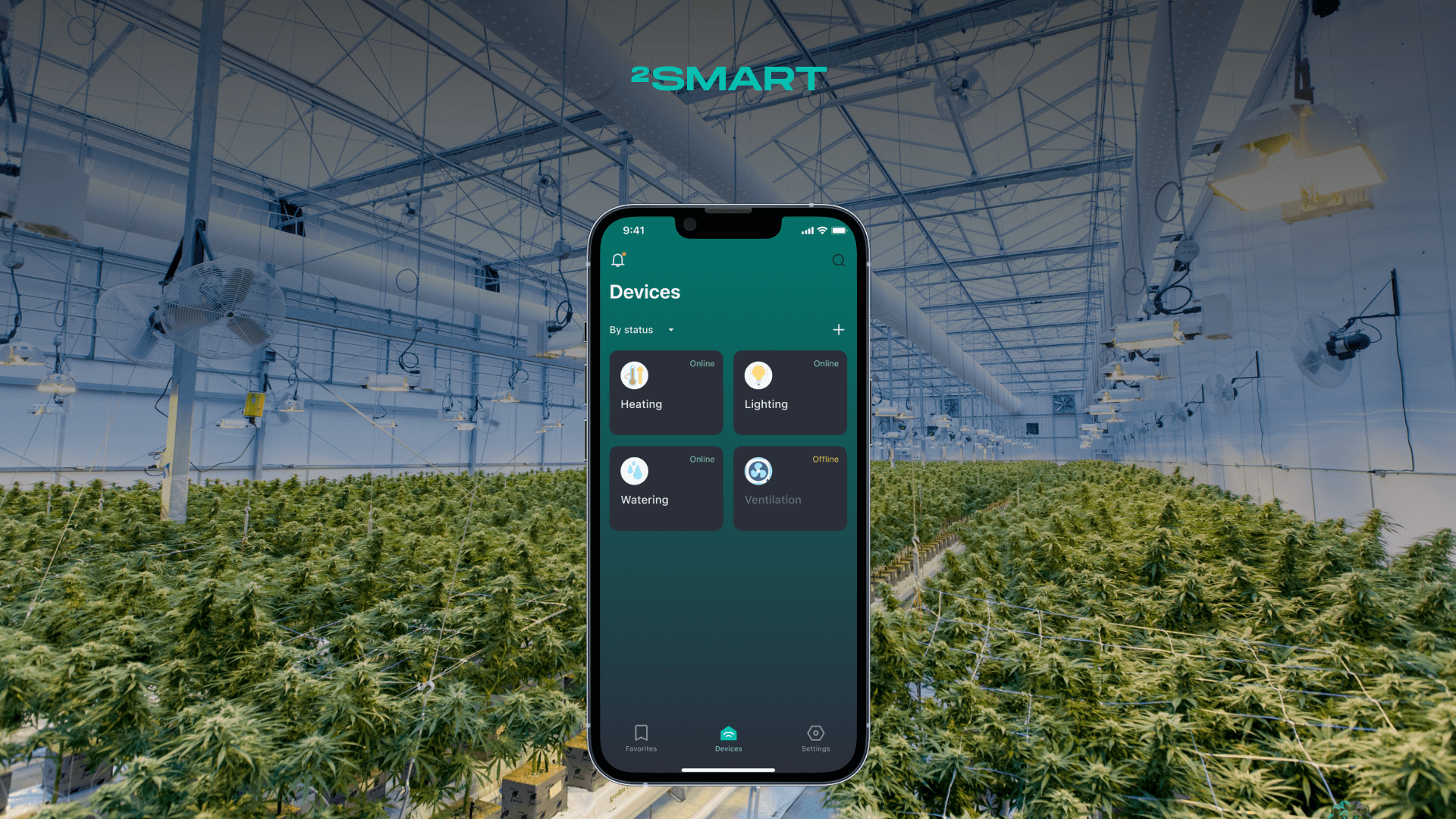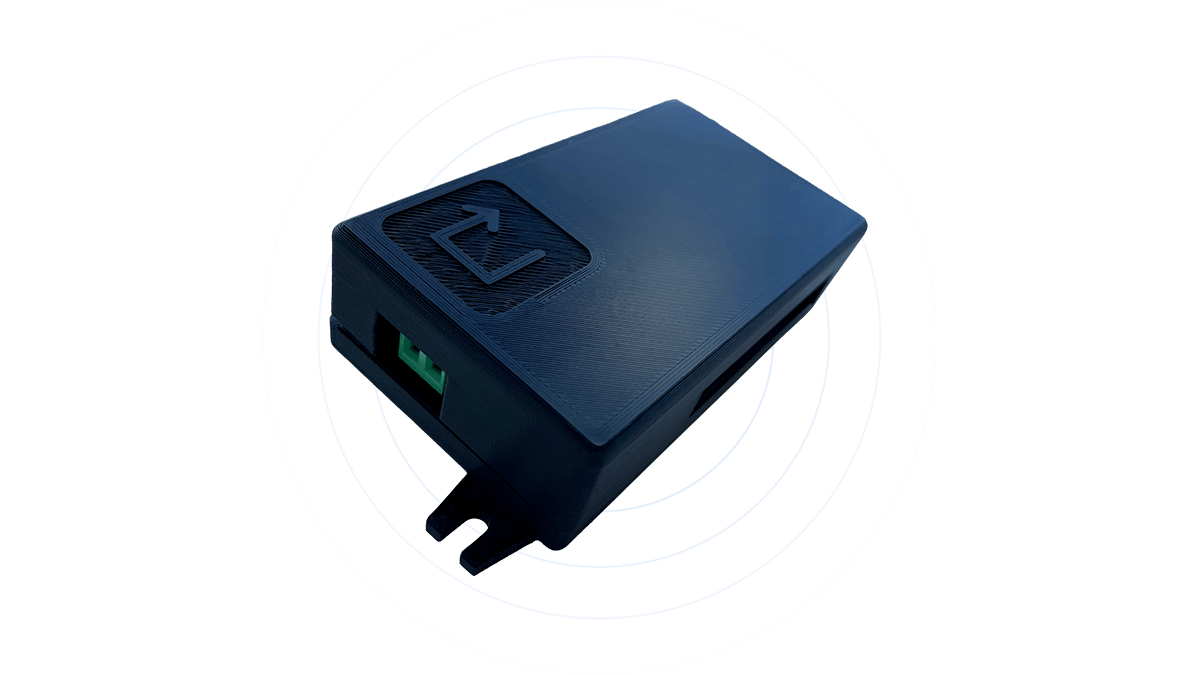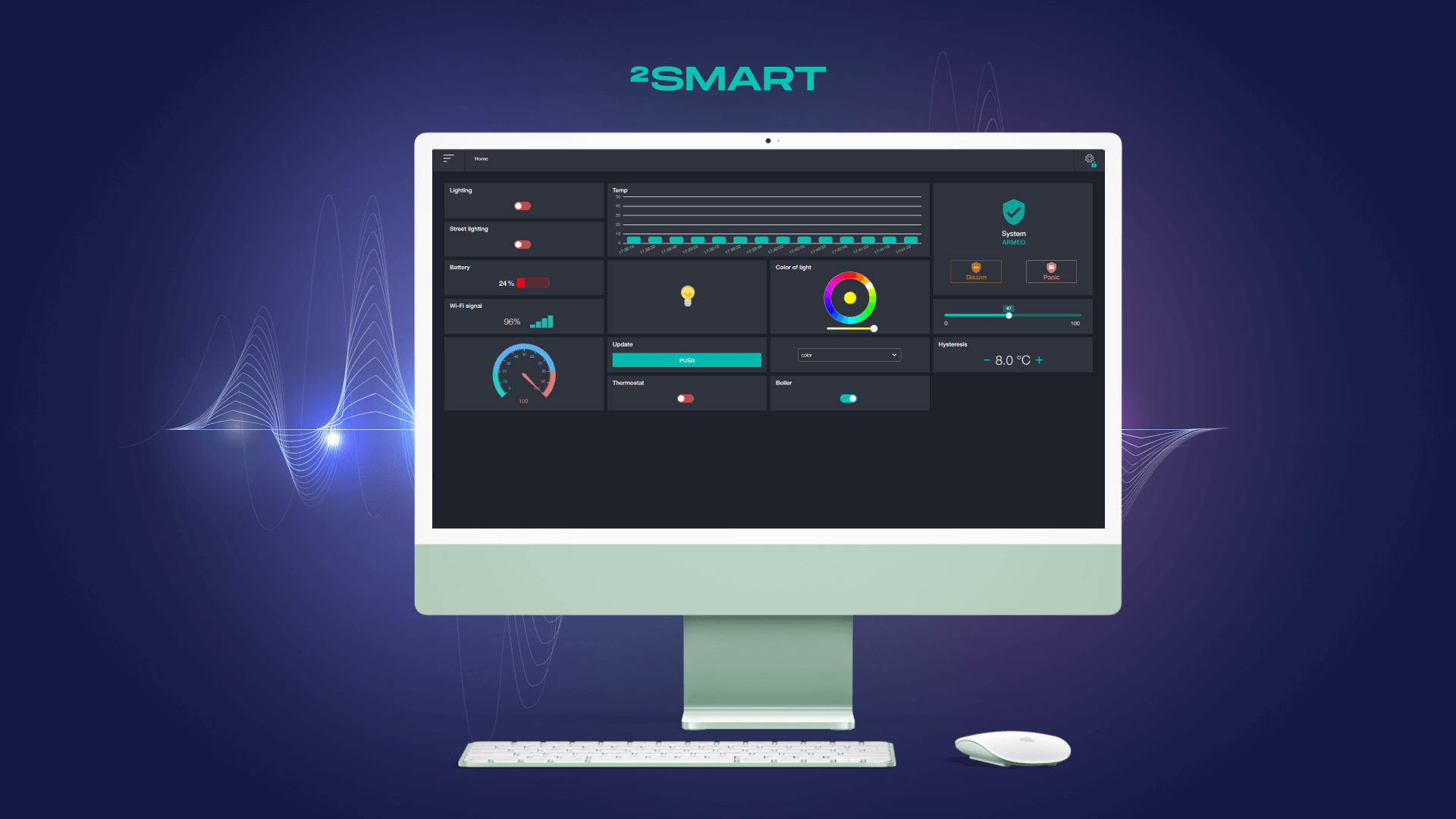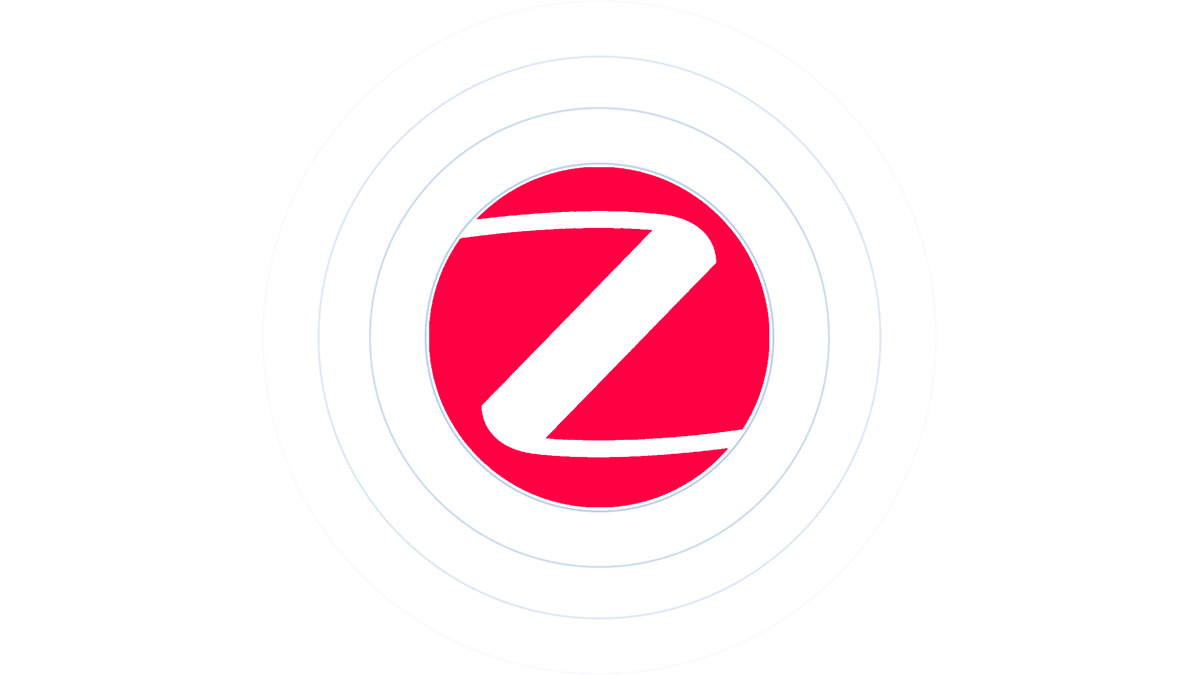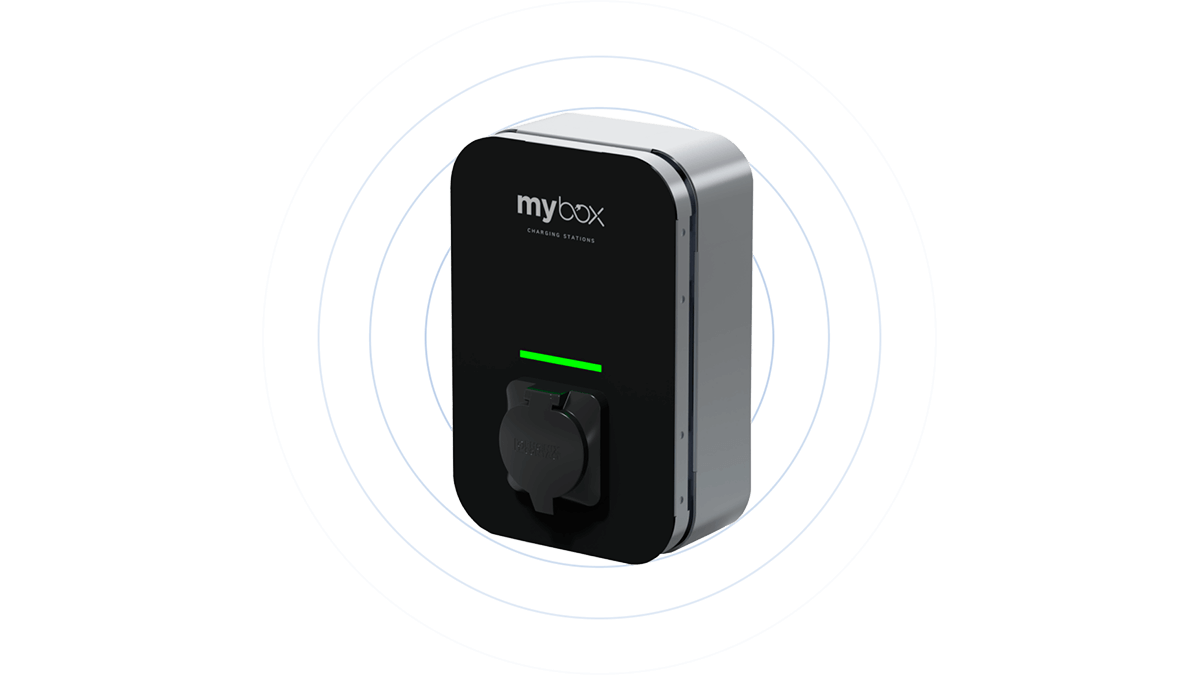Table of contents:
This article continues the MyBox case study series launched in 2022 and highlights the key developments of the 2024–2025 period. Over the past year, the platform has made significant progress: new device models have been introduced, load management mechanisms have been enhanced, and both the mobile app and the 2Smart Cloud business system have gained new capabilities.
In this article, we’ll explore how the MyBox ecosystem has evolved, what has already been implemented, and what’s planned for the near future.
Hardware Advancements
In 2024, the MyBox product line received a substantial update — both in hardware and in functionality. Firmware development, cloud integration, and management system design for all new models are carried out through close collaboration between the MyBox and 2Smart teams. This joint approach accelerates the rollout of improvements and ensures stable operation across the shared ecosystem.
New MyBox Charging Station Models
Since the publication of our previous case study, MyBox has introduced several new EV charging station models to the market:
- MyBox Park – a compact charging pillar with a single Type 2 connector, designed for both private and public locations. It supports charging power up to 22 kW and features a robust, weather-resistant enclosure.
- MyBox Post – a powerful AC charging station equipped with two Type 2 connectors, delivering up to 2 × 22 kW. Ideal for corporate and public environments, it supports smart management and seamless cloud integration.
- MyBox Profi – a professional wall-mounted charging station with two Type 2 connectors, offering up to 2 × 22 kW. It features a customizable design, internet connectivity, and full OCPP support.
- MyBox Solar – a charging station integrated with solar energy systems, designed to optimize the use of photovoltaic energy and reduce reliance on the grid. It supports multiple charging modes and provides full control through the MyBox app.
Control Devices and the DLM Architecture
In addition to new charging stations, the MyBox ecosystem has been expanded with specialized controllers that enable both centralized and local control, as well as a scalable Dynamic Load Management (DLM) architecture. These solutions are crucial for large installations with dozens or even hundreds of charging points.
- MyBox Master – a central controller for MyBox charging stations. It is equipped with a dual-core processor, features low power consumption, and supports both Wi-Fi and Ethernet connectivity for remote access.
- MyBox Arm Unit — an industrial-grade device developed to manage the Dynamic Load Management system known as Big DLM, originally introduced in last year’s case study. The Arm Unit is deployed at sites with a large number of charging stations and variable energy consumption, where flexible power distribution is required.
Building on the Arm Unit, an updated version of the Big DLM system has been developed — capable of managing up to 200 charging stations simultaneously. The controller connects to chargers directly, processes telemetry, and locally calculates the available power for each station in real time. This architecture ensures fully autonomous load control, independent of internet connectivity.
At the same time, the Arm Unit and connected stations transmit data to the cloud, enabling administrators to monitor system status and performance through the MyBox platform dashboard. This not only allows for real-time response to events, but also provides tools for long-term analysis of energy distribution efficiency.
The upgrade of Big DLM marks a major milestone in the evolution of the MyBox ecosystem, enabling support for large-scale, high-density installations that require reliable local control.
Let’s collaborate
We’re empower your business with our technology expertise
Support for Third-Party Chargers in the DLM System
Thanks to the implementation of OCPP 1.6 support — described in detail later in this article — the MyBox DLM system can now manage not only proprietary equipment but also compatible charging stations from third-party manufacturers. This makes it possible to integrate MyBox DLM into existing sites with pre-installed infrastructure, significantly reducing the cost of transitioning to centralized load management.
Connecting Third-Party Equipment via a Custom Central System and OCPP
One of the key areas of MyBox’s evolution in 2024 was the addition of support for charging stations from third-party manufacturers, along with the development of an architecture built around industry-standard compatibility. This was made possible through the creation of a proprietary Central System and deep integration with the OCPP 1.6 protocol.
Integration Architecture and the Role of the Central System
To ensure seamless compatibility with third-party charging stations, MyBox introduced its own Central System — a backend component responsible for managing chargers via OCPP. This system has become the core of a new integration approach that enables OCPP 1.6 JSON-compliant devices to be added to the MyBox ecosystem without firmware modifications or reliance on proprietary communication protocols.
To bring this concept to life, the 2Smart team developed a custom OCPP backend fully integrated into 2Smart Cloud. This solution makes it possible to:
- connect any device supporting OCPP 1.6 JSON to the platform;
- automatically sync such devices with the MyBox Cloud for monitoring and control;
- collect charging session data in a standard format and present it in familiar MyBox interfaces.
At the heart of this integration lies a key architectural component: virtual devices that are automatically deployed in a Kubernetes cluster. These virtual devices serve as bridges between the Central System and MyBox Cloud, translating protocol-level events and telemetry into MQTT topics used across the MyBox ecosystem.
The first implementation of such a virtual device was built to support OCPP-compatible charging stations. However, the architecture was designed with scalability in mind — additional types of virtual devices can be integrated in the future. The digital twin concept that underpins this design is described in more detail in this article on the 2Smart website.
Functionality and Scalability
This architecture enables full bidirectional integration: control commands such as device reboot, configuration changes, session termination, and others can be initiated directly from the MyBox interface and passed through the chain of virtual device → Central System → physical charger.
Initially, the project focused on MVP-level functionality — supporting basic OCPP commands and displaying sessions in the MyBox platform. However, the system was designed for long-term scalability, with future plans including Smart Charging, a robust user authorization system, and support for multi-connector stations (Charging Points).
Additional Enhancements and DLM Integration
The system now allows administrators to inspect the URL used by a charging station to connect to the Central System, simplifying connection debugging and oversight. A mechanism for updating the OCPP bridge version has also been implemented, enabling centralized management of virtual device logic without the need to access or modify the charging station itself.
Special attention has been given to integration with the Dynamic Load Management system. Third-party charging stations connected via OCPP can be incorporated into the overall load management architecture, including the ability to assign priorities to devices within the power distribution algorithm.
Versatility and Ecosystem Impact
It is worth emphasizing that any charger supporting OCPP 1.6 can now be integrated into the MyBox platform — even legacy devices with outdated firmware that cannot be upgraded. This is particularly relevant in scenarios where MyBox takes over infrastructure from partners or previous operators.
The implementation of a proprietary Central System, a custom OCPP backend, and a virtual bridge has significantly expanded the reach of the MyBox platform, enabling compatibility with a wide range of hardware and laying the foundation for a scalable, flexible ecosystem for managing EV charging infrastructure.
Let’s collaborate
We’re empower your business with our technology expertise
Evolution of the 2Smart Business Platform
In 2024, the 2Smart Cloud business platform received a series of updates aimed at expanding administrative capabilities, enhancing monitoring and customization options, and improving access control and authorization flexibility. Below are the key areas of improvement.
Interface and Widget Enhancements
- New widget types have been added for use in dashboards: string, numeric, toggle, slider, and button widgets — providing more flexible control over device parameters.
- Background color customization is now available for each widget.
- Analytical widgets have been introduced to display trends in consumption and the cost of charging sessions.
- Filters and data sorting mechanisms in widgets have been improved, simplifying dashboard analysis.
- Tooltips for each device now include key sensor values.
- Basic support for fleet management dashboards has been introduced.
- Device location can now be displayed on a map view.
Monitoring and Reporting
- The admin panel now includes reports on the cost of charging sessions over a selected period.
- Detailed energy consumption reports are available.
- Historical data for charging sessions can now be analyzed.
- Report templates can be created and reused.
- Analytics tools have been enhanced with support for new metrics and indicators to monitor charger performance.
Access Management and Authorization
- BLE tag support has been added for session authorization.
- BLE-based session authorization via the mobile app has been implemented.
- The roles and tags system has been updated, with support for access control at the organization level.
- Temporary permission delegation between users has been improved.
- Tools have been added for configuring access to charging stations, as well as managing tariffs and billing rules.
Extended Capabilities for Administrators
- New mechanisms have been introduced for device monitoring and telemetry processing.
- Tools for managing organizations and device groups have been expanded.
- Interface customization has become more flexible, allowing adaptation to different user roles and use cases.
Let’s collaborate
We’re empower your business with our technology expertise
Updates to the MyBox Mobile App
In 2024, the MyBox mobile app received a series of updates aimed at improving the user interface, enhancing offline functionality, and expanding monitoring capabilities.
Interface and Navigation Improvements
Key device control screens have been redesigned, UI elements have been refined, and widget color schemes have been improved. Tables and charts in session history and reports now display more clearly.
Local Control and Pairing
Users can now switch to local control mode directly from the app’s start screen — even without an internet connection. A more reliable pairing mechanism has been implemented, along with QR code display for device sharing.
Enhanced Analytics and Reporting
Users can view charging session graphs and send session data via email directly from the app. Additional features include displaying the cost of charging over a selected period, manually entering odometer readings, and setting a custom price per kWh.
BLE and Biometric Support
Session authorization via BLE tags is now supported, with access granted after biometric authentication. This simplifies session initiation in restricted-access environments and improves overall security.
Tag and Settings Management
Users can now create, edit, and delete custom tags, and assign them to sessions directly within the mobile app.
Looking Ahead
The 2Smart team continues to actively develop the MyBox platform, supporting the project across all layers — from firmware and device control architecture to cloud components and user interfaces.
The platform is gradually evolving from a collection of EV charging infrastructure tools into a flexible, scalable ecosystem capable of adapting to diverse markets and deployment scenarios. In this context, particular attention is being paid to compatibility, autonomous operation, security, and ease of use for operators.
Below are the key initiatives currently in development or planned for release in the near future:
Expanding Big DLM Functionality
Ongoing development of the Dynamic Load Management system is focused on supporting both MyBox-native devices and third-party equipment connected via OCPP.
Enhancing the Custom OCPP Backend
Work continues to expand command coverage, improve stability, and increase the scalability of the Central System.
Introducing an External API for Cloud Data Access
A new API will enable integration of the MyBox platform with external analytics tools and enterprise portals, offering flexible access to device telemetry and event data.
Advancing Fleet Management Interfaces
The existing fleet management dashboard will be enhanced, and new monitoring panels will be created for various deployment scenarios.
Improving the Pairing Flow in the Mobile App
An updated pairing process will simplify initial device setup and improve connection stability for charging stations.
Access, Tariff, and Authorization Management Tools
Advanced tools for configuring roles, permissions, pricing plans, and billing logic will be added to the admin panel, with a focus on enterprise users.
Sensor List Management by Firmware Version
A centralized mechanism will allow administrators to define which sensors are available based on the installed firmware version, ensuring more precise device configuration.
Development of New Devices Based on ESP32 and Updated ESP-IDF
New hardware models are being designed and prepared for production, based on the updated ESP32 platform and the latest SDK from Espressif.
Don't forget to share this post!
Read Next
Let’s dive into your case
Share with us your business idea and expectations about the software or additional services.

